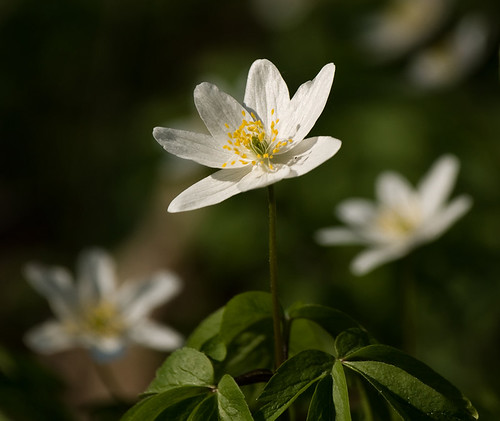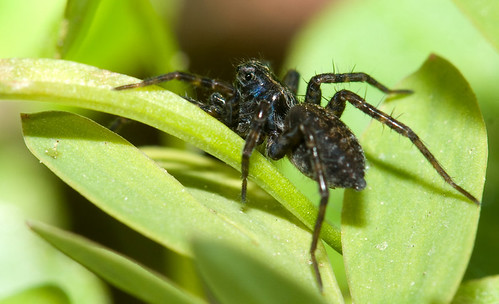Thanks for comments. As I am new in photography I have some troubles to pick up a correct settings. So far I do most of my macro shots using Sony A700 camera with Sony SAL100M28 lens set at
ISO100, F8 and a shutter speed depending on a power of Flash Sony HVL58AM.
Telezoom lens I used for the first image was Sony 70-300SSM at 300mm, ISO100, F5.6 (the widest possible) and 1/320 sec
Second one I took with 100mm macro at F8, but not sure about shutter speed, EXIF was wiped by PS

Spider was taken using same macro setup + flash attached to hotshoe of the camera. So ISO100, F8, 1/640 sec. I did probably 5 shots manually adjusting shutter, 1/640 was the best solution.
I was experimenting with the flash in manual mode set to full power while changing the shutter speed.
I'd like to learn how to use histogram, such a mysterious thing




